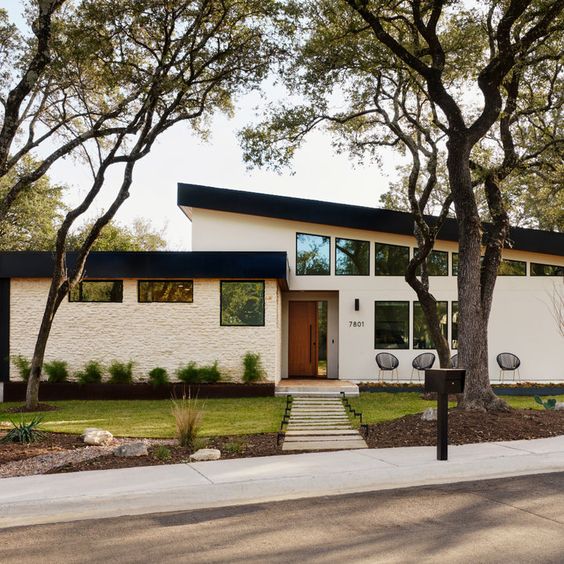Buying your first home is an exciting journey, filled with dreams of decorating your own space, hosting backyard barbecues, and finally having a place to call your own. But before you can dive into house-hunting and Pinterest boards, there’s one big question you need to tackle: how much do you need for a down payment? Let’s break it down in a way that’s easy to understand, and we’ll even sprinkle in some tips on down payment assistance programs to help you out.
The Down Payment Lowdown
First off, what exactly is a down payment? Simply put, it’s the initial amount of money you pay when purchasing a house. The rest is covered by your mortgage. Traditionally, down payments are around 20% of the home’s purchase price, but let’s face it—not everyone has that kind of cash sitting around. Fortunately, you don’t always need to put down that much, especially as a first-time buyer.
Typical Down Payment Amounts
- Conventional Loans: These typically require a down payment ranging from 5% to 20%. For instance, on a $300,000 home, you’d need anywhere from $15,000 to $60,000.
- FHA Loans: These loans are great for first-time buyers, requiring as little as 3.5% down. That means for a $300,000 home, you’re looking at just $10,500.
- VA Loans: If you’re a veteran, you might qualify for a VA loan, which can offer zero down payment. Yes, you heard that right—zero.
- USDA Loans: These loans are for rural and suburban homebuyers and also offer zero-down-payment options.
Down Payment Assistance Programs
Here’s the fun part: there are programs out there designed to help you with your down payment. These programs can make homeownership more achievable than you might think.
- State and Local Programs: Many states and local governments offer grants and loans to assist with down payments. Eligibility can depend on factors like income, location, and even your profession. Teachers, firefighters, and healthcare workers often get extra perks.
- National Programs: Organizations such as the National Homebuyers Fund assist nationwide. Some programs offer forgivable loans, meaning you don’t have to repay them if you stay in the home for a certain number of years.
- Employer Assistance: Some companies offer homebuyer assistance as part of their benefits package. It’s definitely worth checking with your HR department to see if this is available to you.

Saving for a Down Payment
Saving for a down payment can seem daunting, but with a few smart strategies, it’s entirely doable:
- Set a Goal: Determine how much you need and create a realistic timeline. Break it down into monthly savings targets.
- Cut Unnecessary Expenses: Small changes can add up. Maybe cut back on dining out or skip that extra streaming service.
- Automate Savings: Set up automatic transfers to your savings account. It’s a great way to save without thinking about it.
- Side Hustle: Consider picking up a part-time job or freelance work to boost your savings. Every bit helps!
Final Thoughts
Determining how much you need for a down payment is a key step in your journey to homeownership. While 20% is a common figure, many loans require far less, and down payment assistance programs can help fill the gap. Don’t let the down payment scare you off from pursuing your dream of owning a home. With a bit of planning, saving, and maybe a little help, you’ll be unlocking the door to your new home in no time.
Ready to get started? Research loan options and assistance programs in your area today. Before you know it, you’ll be moving into that dream home. Happy house hunting!
 Facebook
Facebook
 X
X
 Pinterest
Pinterest
 Copy Link
Copy Link
